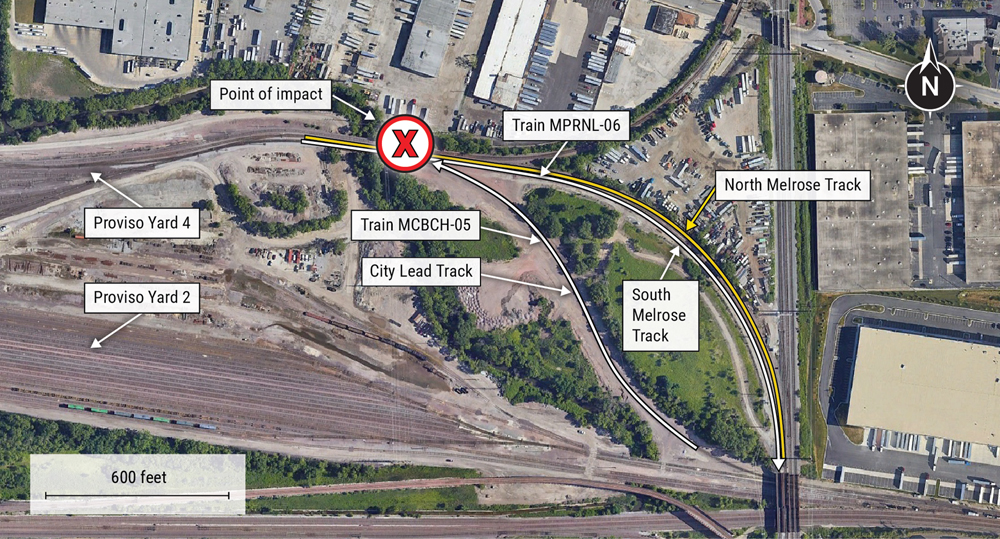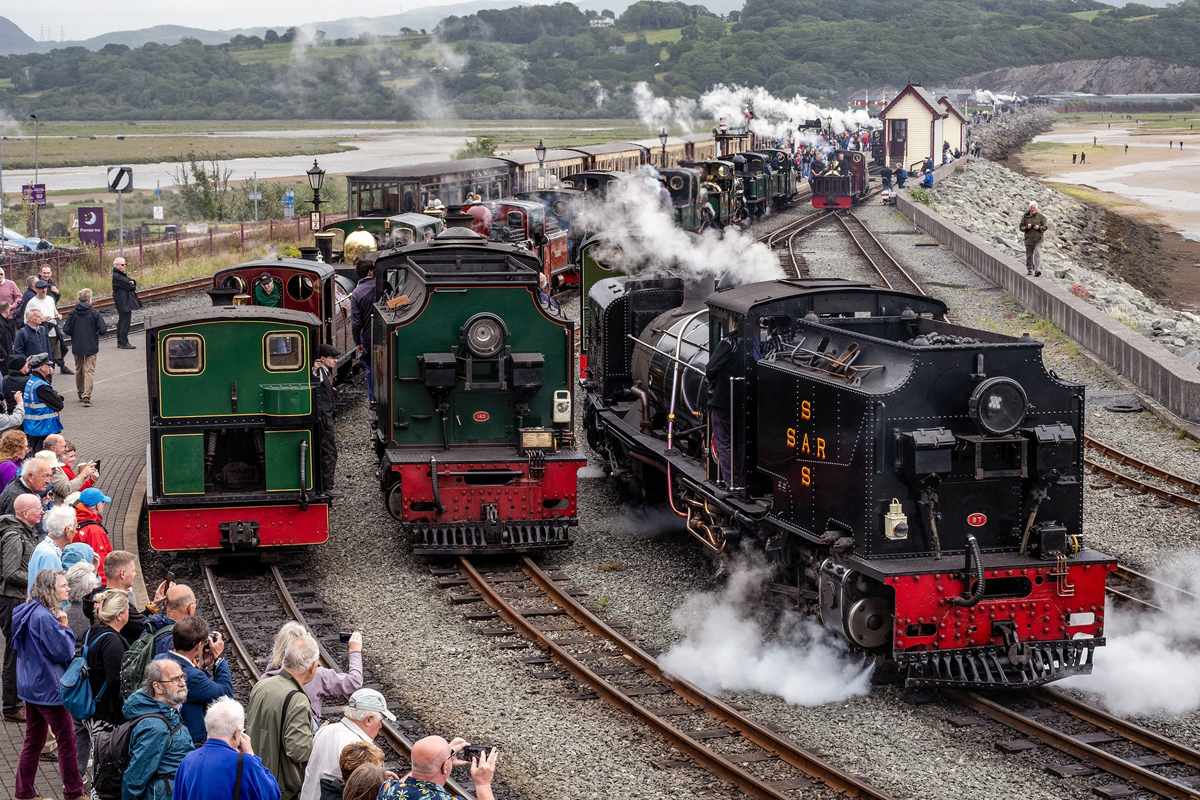 CONCORD, Calif. — One passenger was taken to a hospital for treatment after the last two cars of a Bay Area Rapid Transit train derailed Tuesday afternoon.
CONCORD, Calif. — One passenger was taken to a hospital for treatment after the last two cars of a Bay Area Rapid Transit train derailed Tuesday afternoon.
Extreme heat appears to have been responsible, a BART official said.
The San Jose Mercury News reports the derailment occurred about 5:30 p.m., involving a train bound for San Francisco International Airport. About 50 passengers were evacuated from the train; a small number reported minor injuries, with one transported to the hospital for a complaint of back pain, according to BART spokesman Christopher Filippi.
Fillippi said the initial assessment was that temperatures that reached 102 degrees caused a kink in the rail between the Concord and Pleasant Hill stations. BART operated a bus bridge between those stations following the accident, but as of this morning had restored one track to operation for the morning commute, according to a Twitter post. Riders were told to expect delays of 5 to 15 minutes through the single-track section.














For those who never heard a jointed RR had a heat kink. It was the DarangoSilvertown. There is a picture somewhere. Heat is a bear no matter what transportation. system.
With the information from Terry Green, I looked up the coefficient of expansion for steel (C = 0.0000072) at https://sciencing.com/calculate-thermal-expansion-steel-2705.html. Length x temperature difference x C = amount of expansion. Supposing a piece of welded rail is 1/2 mile long, a temperature difference above neutral of 25°F and a coefficient of expansion of 0.0000072 per degree, I calculate 5.7 inches of expansion. (Someone check my math.)
Here’s a little more news, from the local Fox affiliate, KTVU: “A BART spokesman tells us the rail in Concord that warped yesterday exceeded 140 degrees, far surpassing its rail neutral temperature of 115 degrees. Heat is the main factor of the partial derailment. It was 106 degrees in Concord at the time of the incident.”
The obvious solution to rail expansion in extreme heat is the adoption of jointed rails especially in warmer regions like the American Sunbelt and tropics. The extreme northern regions such as Alaska, Canada, Scandinavia and Siberia; and the extreme southern region in the South Island of New Zealand areas are where welded rails have a year-round advantage.
Alan Jones: That’s what I thought.
Another question: When Jointed rail was used, was there enough room for expansion and contraction that heat kinks did not happen? A 0.01% expansion in a 1/2 mile long piece of welded rail is over 3 inches. If there’s a joint every 32 feet, the same expansion would be less than 4/100ths of an inch per joint. Trains made pretty good time a hundred years ago on well maintained jointed rail.
BART uses welded rail on it’s primary tracks.
BART also has done some quirky things with their rail and wheel profiles.
One qestion. Does BART have a speed reduction program when rail temperatures get high? If not it needs to initiate one. .
Kurland” – Yes often class 1s heat derailments can happen under cars way back of locos.
The Amtrack Builder derailmant may have been caused by a rail going out of guage due to heat. NTSB has not announced a cause for the Builder incident.
Reading the coverage in local media this morning I found myself wondering if the derailment happened on track that was recently rehabilitated. BART has been doing a lot of work on the Antioch line since Measure RR passed.
BART has been slow on lot of the details but assume that they are trying to answer the same questions from what info they had and what the operator identified.
.
I assume to sensor and maintain every mile of track would be a huge and costly undertaking for any rail agency, public or private, passenger or freight. So I assume the question revolves around periodic and frequency of inspections when risks increase. Not uncommon to get +100 degree days in this part of Bay Area as I live not too far away. Concord summer weather is more like Sacramento/Central Valley then Bay because the hills block the bay/ocean breeze and sun is relentless when high pressure ridge builds.
Did the operator see it and slow down so it wasn’t worse?
Does the misalignment big enough to be visually noticeable exceed the misalignment big enough to cause a derailment?
Does the shock of a wheel rolling onto a section of overheated track trigger the track to spring out of alignment?
Are there sensors measuring the temperature of the track which can be substantially higher than the temperature of the air?
Heat kinks happen in hot weather, especially in spring when the hot weather begins. The hot rail expands and wants to make the railroad longer. The train pushes a “bow wave” down the rails as well. You anchor the rails to keep them in place. The RR usually measures rail temperature and has criteria for heat-related slow orders.
This time of year (Summer Solstice) and solar heating is at its maximum.
Jointed rail will abate this problem (but it can occur) but introduces other issues.